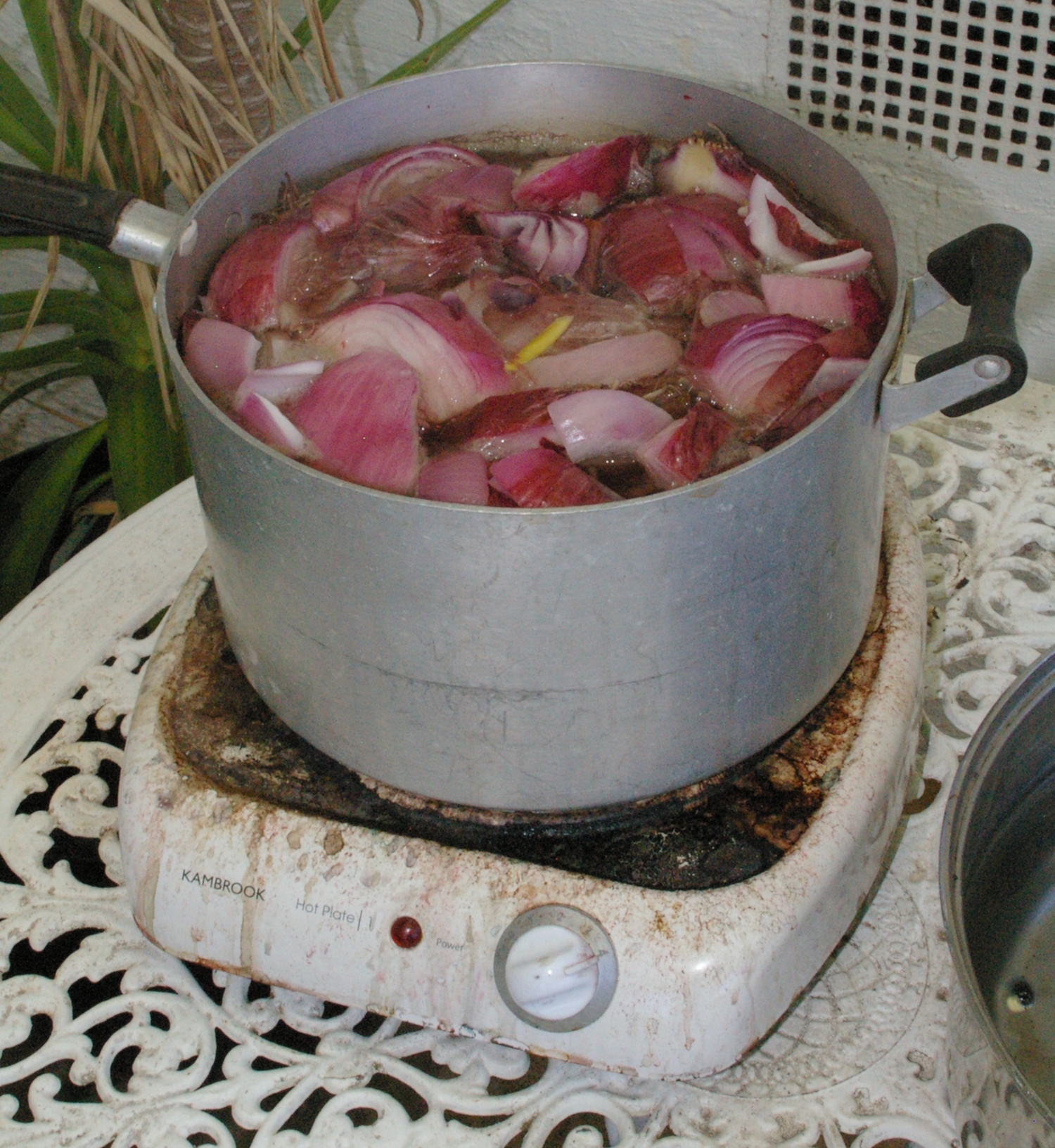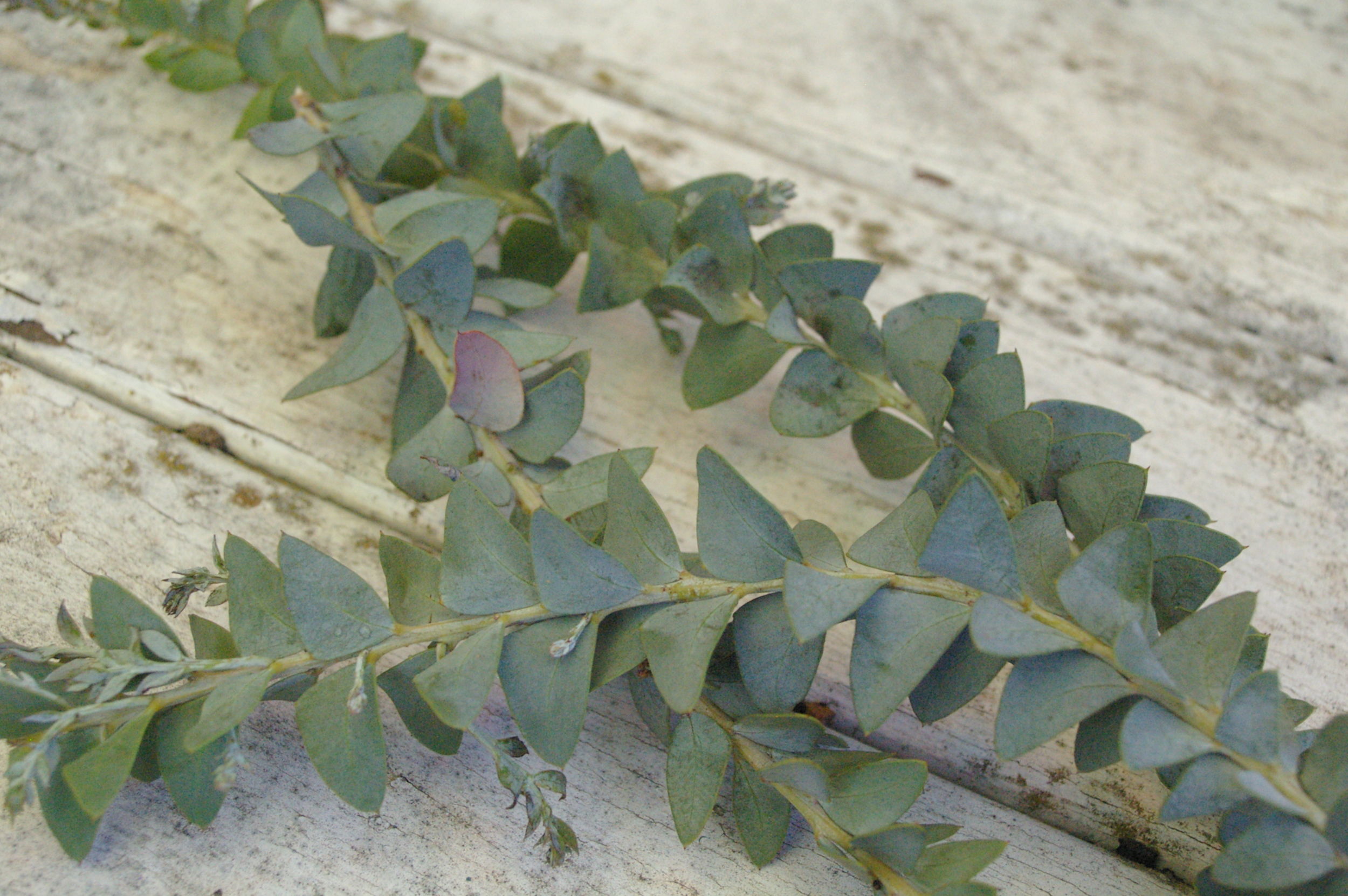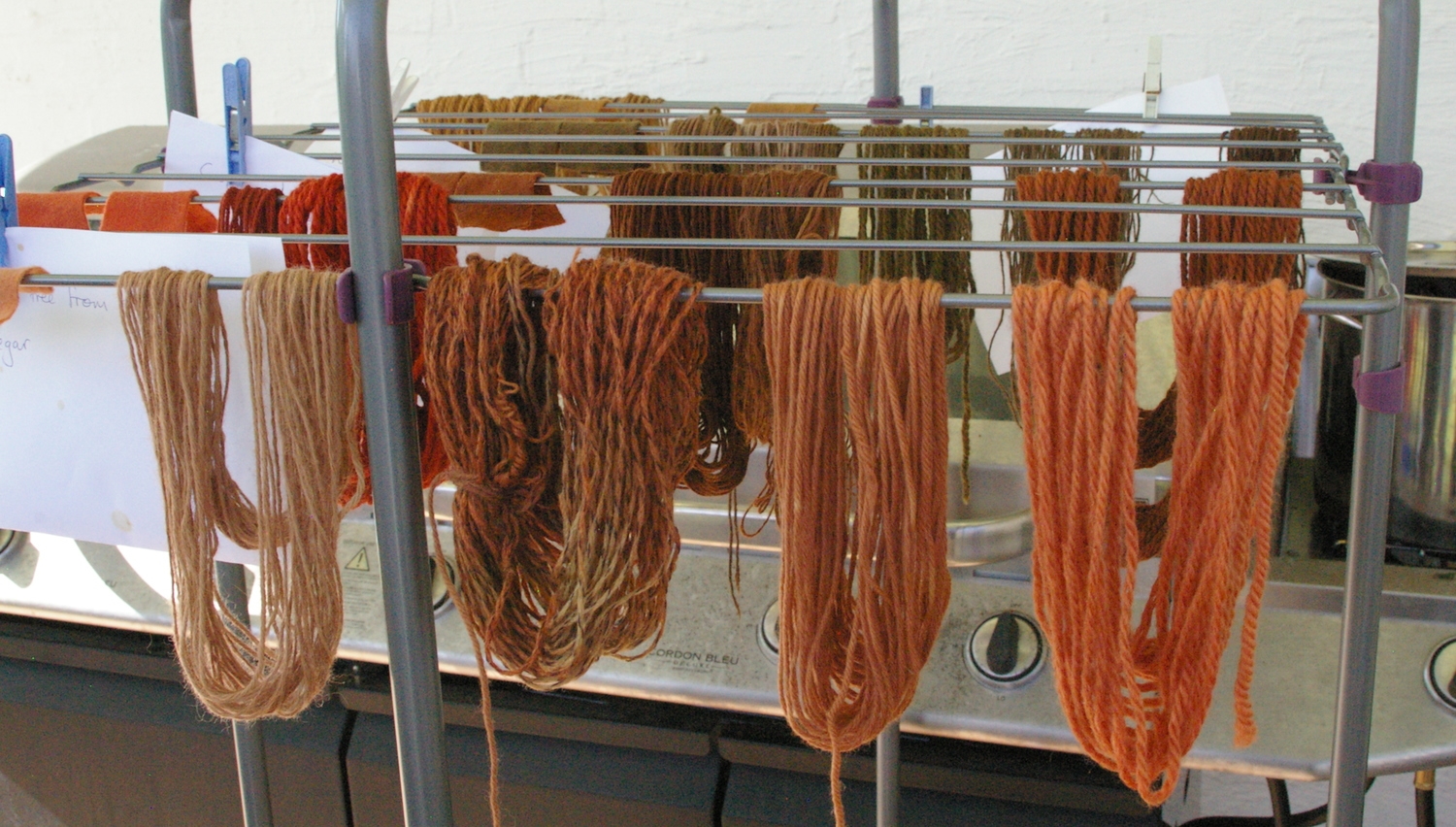The mountains across the valley still shrouded in misty fog at 4:34pm.
Recently we went on a mini-break weekend away to the bush retreat that is my folks house. I decided to pack my dye pots too!
I was also grateful that I'd remembered to pack my scarf and beanie and warm woollen things as it was a very cold weekend, most day we did not see the sun till well into the afternoon!
Braving the elements though I did manage to get some sampling done with foliage picked from the garden and something I'd read about in someone else's blog that I wanted to try, black turtle beans.
Black Turtle Beans
I had been doing some reading of other dyestuffs I might try especially in the pursuit of making blues and mauve's. I came across several bloggers who had tried black turtle beans.
http://knitwhatyouexpected.blogspot.com.au/2013/04/how-to-make-blue-using-black-turtle.html
https://waysofthewhorl.wordpress.com/2011/04/12/natural-dyeing-take-3-black-beans/
I did three pots of black bean experiments, the beans were soaked overnight and the quite purplish/ blue liquid carefully drained off the top and separated into three pots.
- Bean liquor plus Alum- resulted in a pale mauve/ blue.
- Bean liquor plus Alum and vinegar- resulted in a pale mauve/ blue (with more red than the first sample)
- Bean liquor plus soda ash- no result.
Angophora
I wanted to try the leaves of the Angophora because although they may look like a Eucalyptus they are actually part of the Myrtle family, so I was keen to see what sort of colours they might supply.
- no mordant- result beige/ brown
- mordant copper- result olive green
Banksia Giant Candles
I think a darker yellow/orange could have been achieved had I simmered the candles for longer. I would also recommend draining the liquid off before adding the yarn due to the large amount of vegetable matter that came off the candles.
- mordant Alum- result pale lemon yellow
Lemon scented Gum
Similar results to the Angophora samples, smells delicious whilst simmering!
- no mordant- result beige/ brown
- mordant copper- result dark olive green
Salt bush
Salt Bush foliage.
I did not use any mordants for this sample, the colour is an amazing bright mint green (brighter then the above picture) I will revisit this dyestuff at a later date to see how other mordants change the colour.































